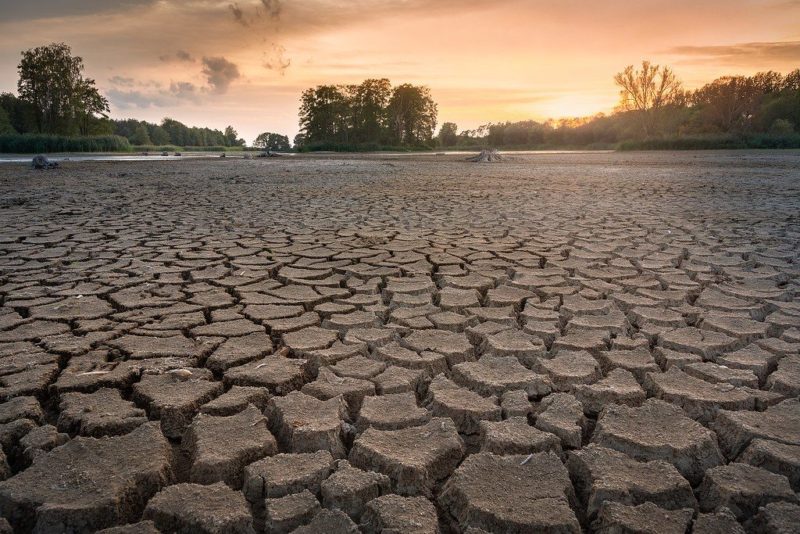Drought, And Its Deadly Consequences
By Lucy Thompson, Abi Gebbie and Leah Hunter
What is drought?
Drought is a prolonged dry period in the natural climate cycle that can occur anywhere in the world. It is a slow-onset disaster characterised by the lack of precipitation (rainfall), resulting in a water shortage. Drought can have a significant impact on health, agriculture, economies, energy, and the environment.
world. It is a slow-onset disaster characterised by the lack of precipitation (rainfall), resulting in a water shortage. Drought can have a significant impact on health, agriculture, economies, energy, and the environment.
An estimated 55 million people globally are affected by drought EVERY SINGLE YEAR, and they are the most serious hazard to the livestock and crops in every part of the world. Drought also threatens people’s livelihood, increases the risk of disease and death and fuels mass migration. Water scarcity (hard to find) impacts 40% of the world population, and as many as 700 million people are at risk of being displaced (having to move) because of drought by 2030.
Rising temperatures caused by climate change are making regions which are already dry even drier and already wet regions wetter. This means that when the temperature rises, water evaporates more quickly, and thus increases the risk of drought. Between 80% and 90% of all documented disasters resulted from floods, droughts, heat waves and severe storms.
Some of the most popular countries effected by drought are:
- Morocco
- Uganda
- Somalia
- Iran
- Pakistan
What causes drought?
There are many varied reasons as to why drought happens today, but to keep it simple:
The weather pattern. This can cause an area to suffer from drought because the water in the air is unable to move the way it should. This affects the rainfall patterns. For example, previous monsoon rains in India have failed to appear when they were expected!
As temperatures increase, water starts to evaporate into the air. There is not as much water as there should be in things like lakes and rivers. Some places rely heavily on rainfall, and due to the heat, they are losing out on water they should have. This is another big cause for drought, especially in areas that experience warm weather.
Humans can also cause drought; this can be done due to deforestation. Deforestation can cause the soil moisture levels to decrease, so the land starts to dehydrate quickly.
Trees are also able to release moisture in the air, so taking these trees away actually causes the air to become drier as well.
Should I be worried?
Drought is a particularly prominent issue that should be taken seriously, but do not panic! You can do your part to stop it, and this can be done by avoiding overusing water.
Many of us take water for granted in our day to day lives as it is so accessible to us. Be cautious about the amount of water you are using daily, make sure to turn off taps and reduce the use of household appliances that use a lot of water; such as washing machines and dishwashers. Everyone can make a difference.
The impact that drought has on health and communities
Droughts can lead to lower water levels in reservoirs, lakes and ponds. This can lead to a loss of wetland and can even impact the water quality as salt concentration can increase.
The lack of a good water supply can lead to:
- Soil that cannot support crops
- Excess dust due to the dry landscape
- Erosion (The process in which materials are worn away and move due to natural forces such as wind or water.)
- A higher chance of wildfires due to the dry conditions
Animals are also affected by drought. Poor water levels and soils’ inability to support crops are two fundamental issues. Poor water levels may result in lack of growth in plants and there may be a lack of drinking water for animals.
The impact of drought on health
Poor air quality and poor water quality can lead to the following issues:
- Impacts on sanitation and hygiene, food, and nutrition.
- More disease such as West Nile Virus that is carried by mosquitoes who breed in confined spaces where bodies of water lay.
Sources
Sources used: https://www.cdc.gov/nceh/drought/implications.htm


